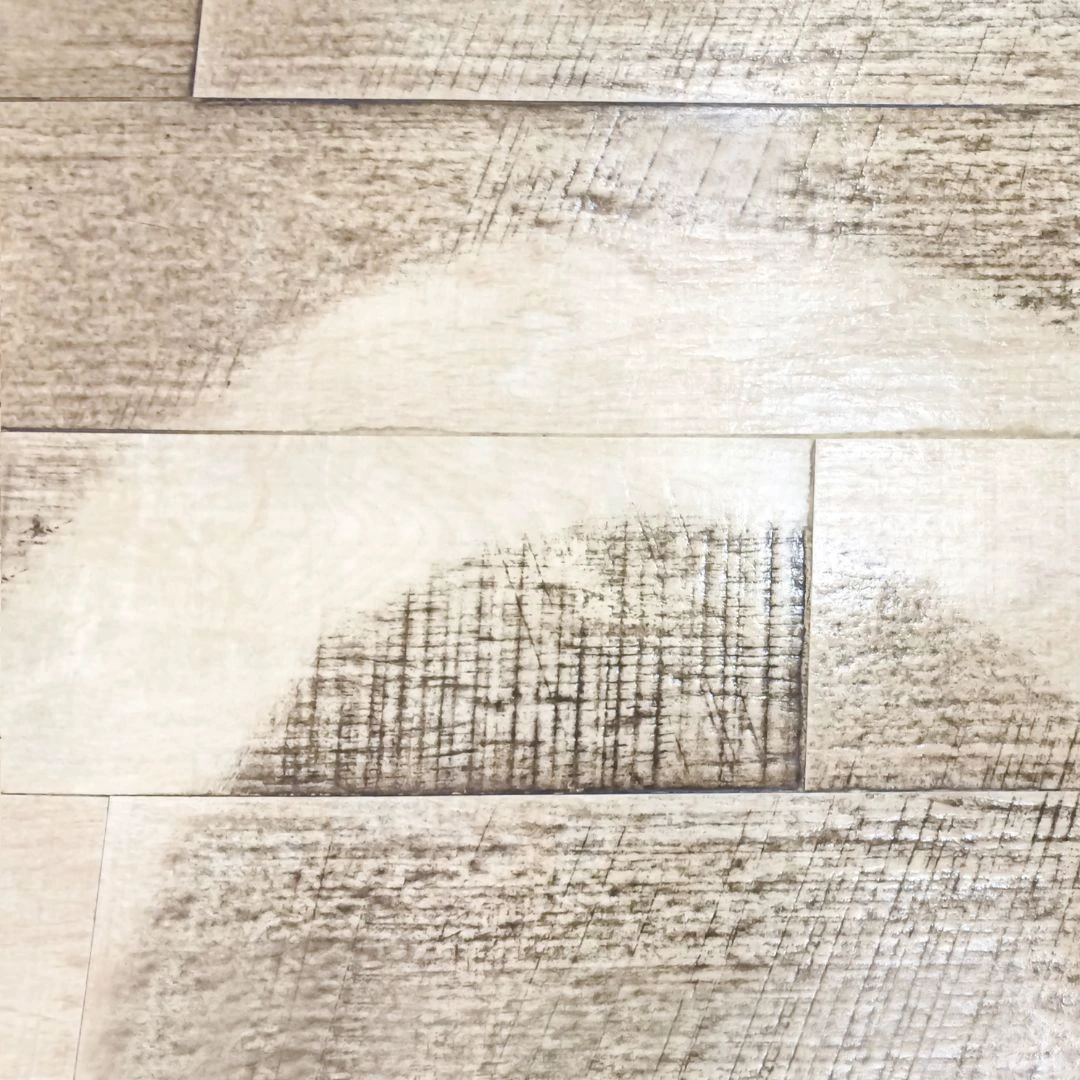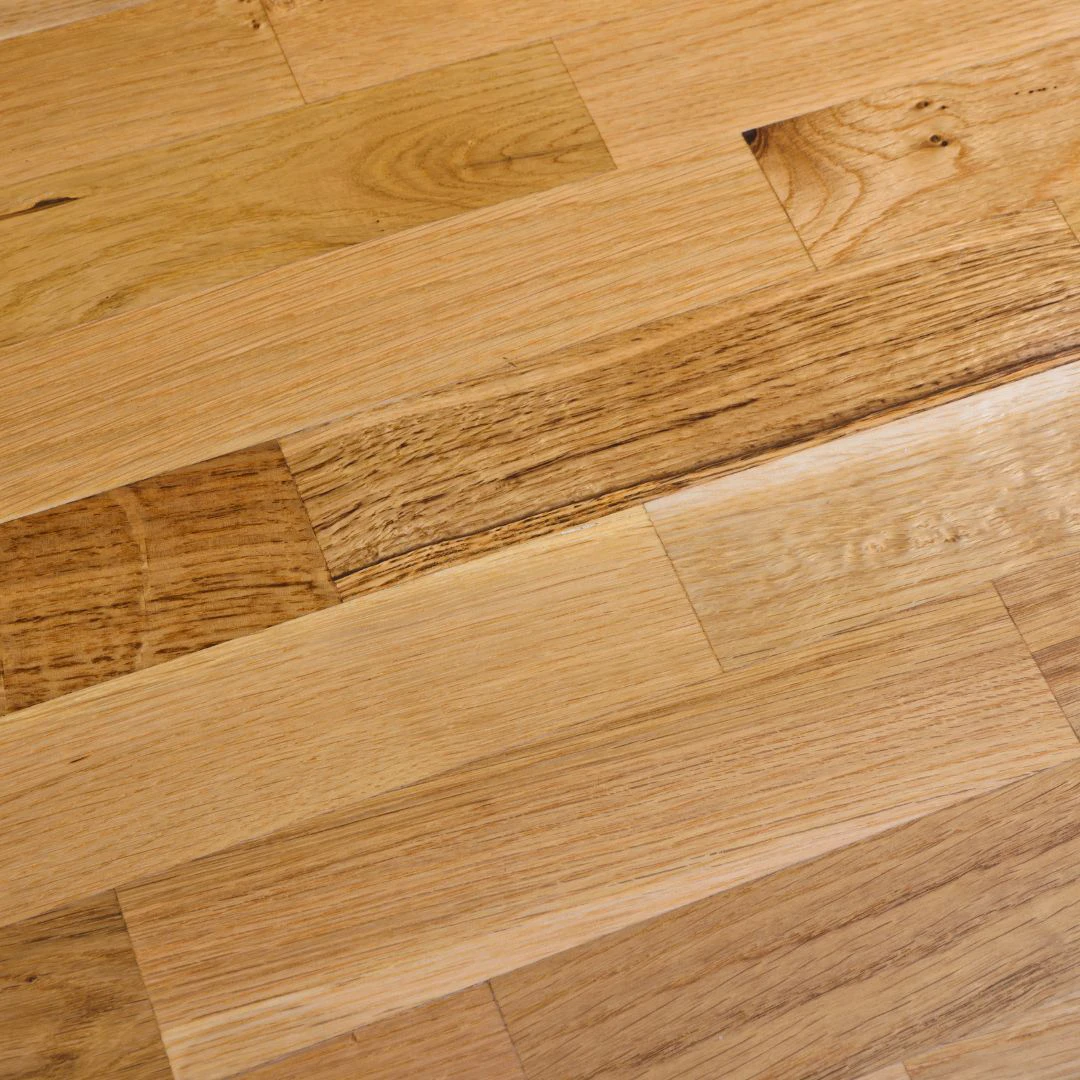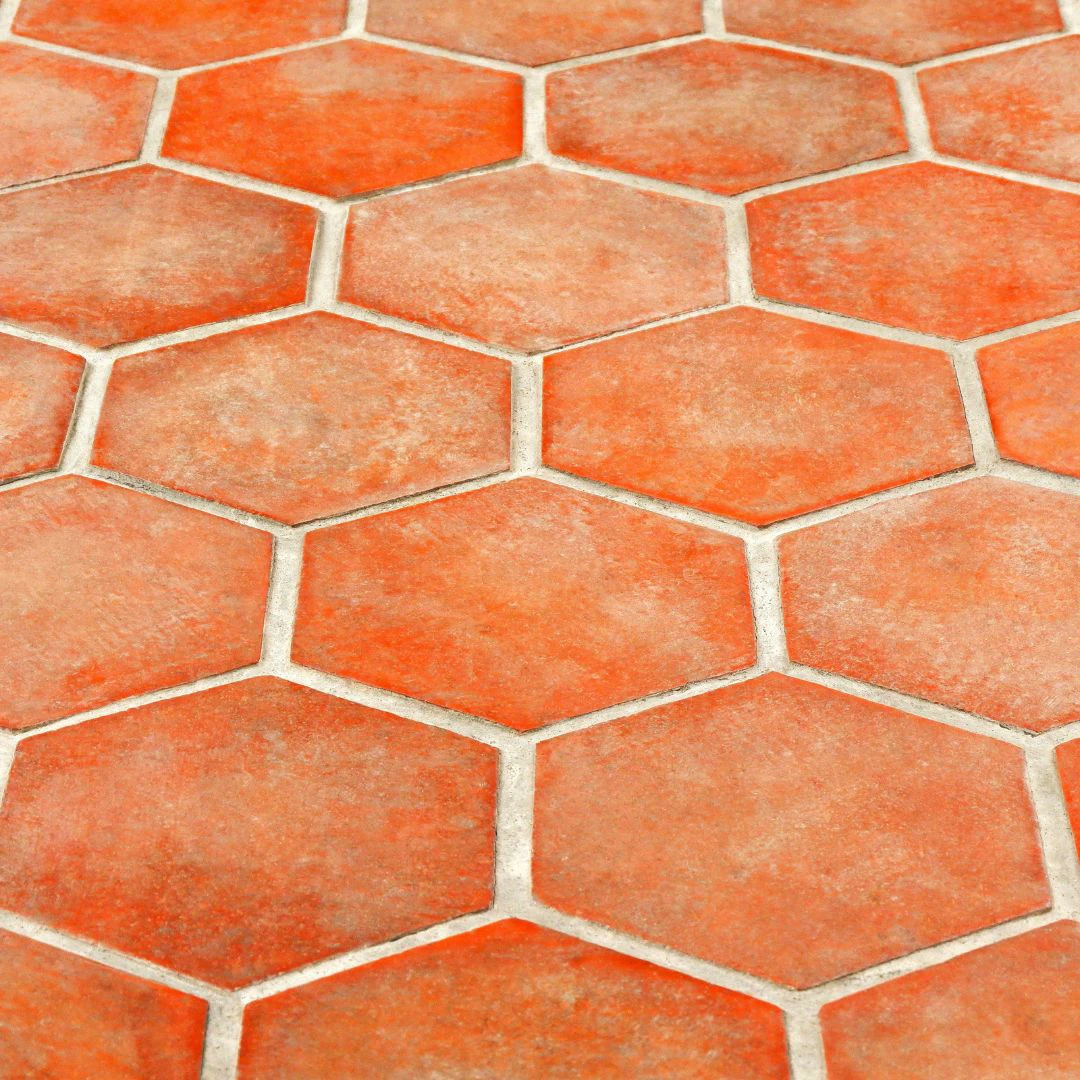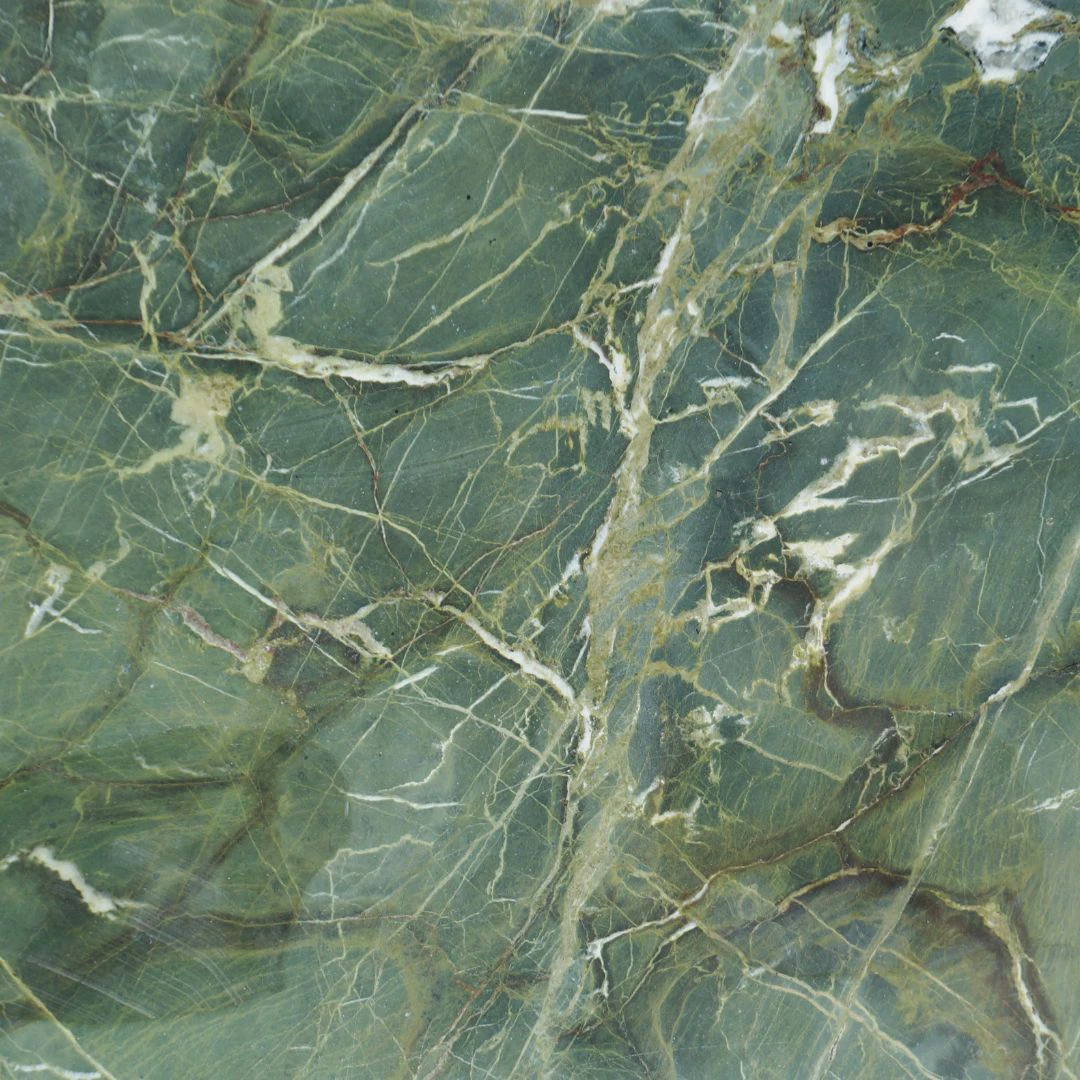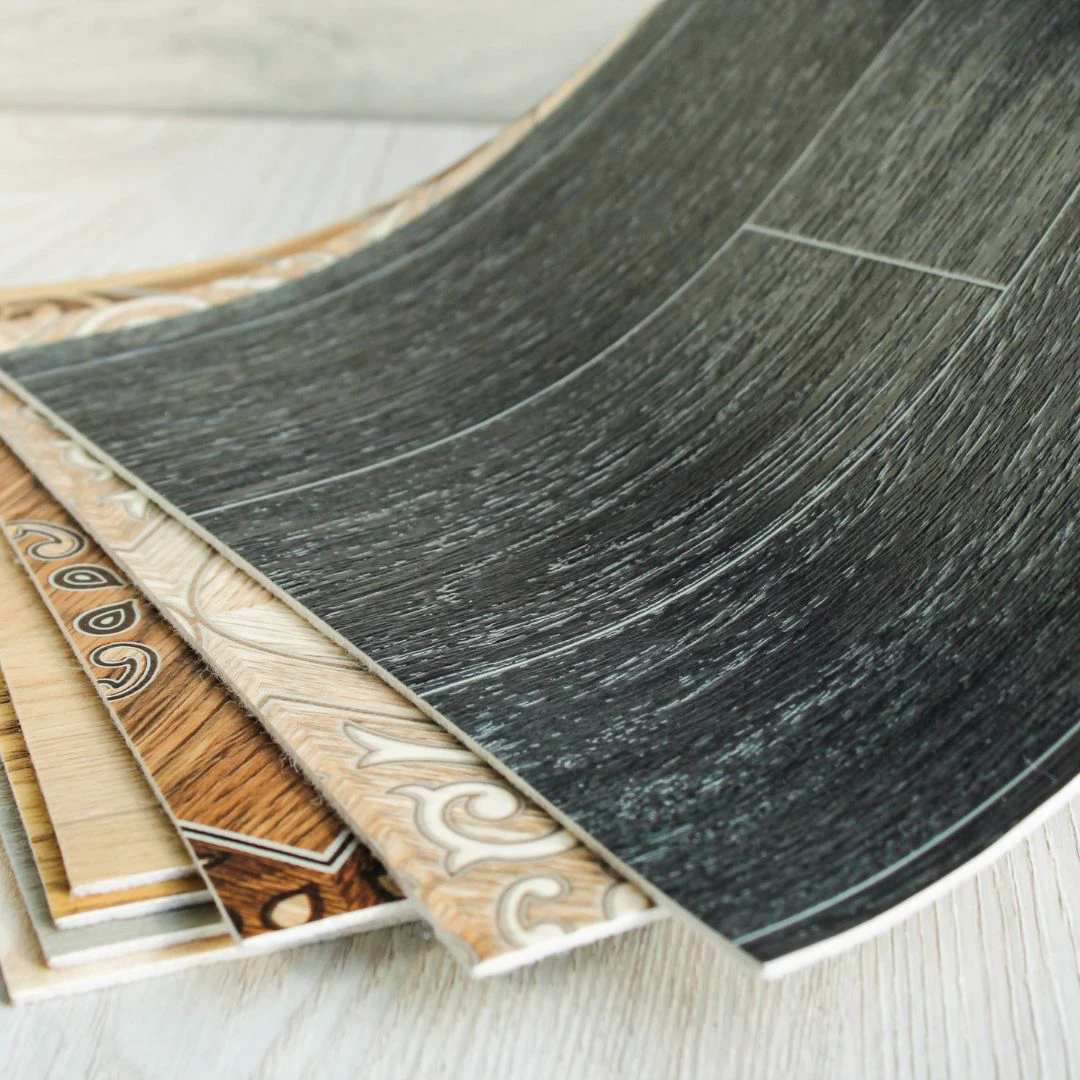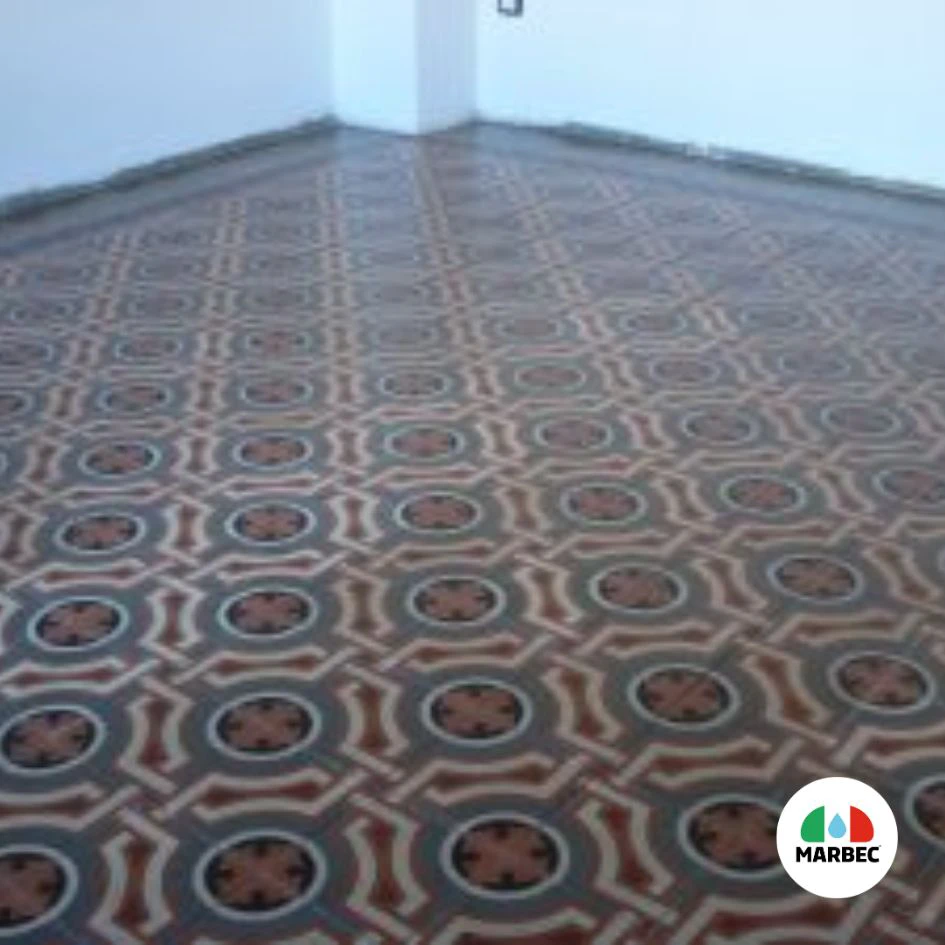The best job of May: how to renovate stone walls
7 July 2020
Our fascinating May project takes us to the heart of beautiful Tuscany, precisely to Quarrata, where we can admire an exceptional restoration of a historic building. This project reveals the secrets of how to renovate stone walls and was realized with great skill by the artisans of the company Delta Applicazioni Speciali, led by Franco Scarnato. Even more surprising is the fact that this extraordinary work was performed for free for the Parish of Montemagno, demonstrating an incredible commitment and dedication.
The stone, with its solidity and resistance, is an ideal material for restoration, able to create fascinating and decorative visual effects when left visible, thanks to the natural colors of each stone. This material played a fundamental role in the restoration of the Church of St. John the Evangelist, in particular for the seventeenth-century facade, the main door and the cornice of the Niche.
But let’s find out in detail every single step.
How to renovate stone walls: the basic stages
The first phase was dedicated to the restoration of an internal stone wall in sandstone boulder. This wall, of medieval origin, showed signs of degradation due to inadequate modifications, including rework for the installation of marble tombstones and a wooden cross.
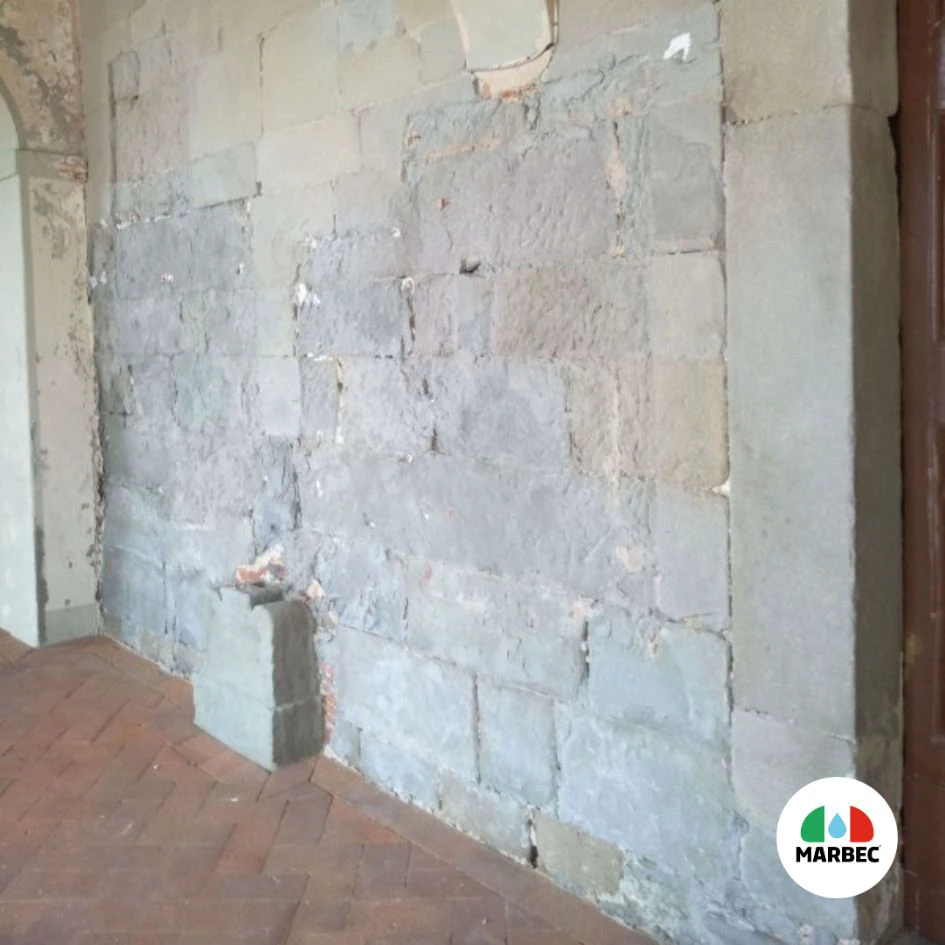
In fact, due to continuous inappropriate changes, including the rework of a very large area for the posting of marble tombstones and a wooden cross placed on a base, always made of fine grain gray sandstone, the stone wall had numerous traces of nails and fixing hooks with their filling and gluing.
Evident also the marks of manual chiseling with consequent weakening of the stone surface deprived of its secular “peel”.
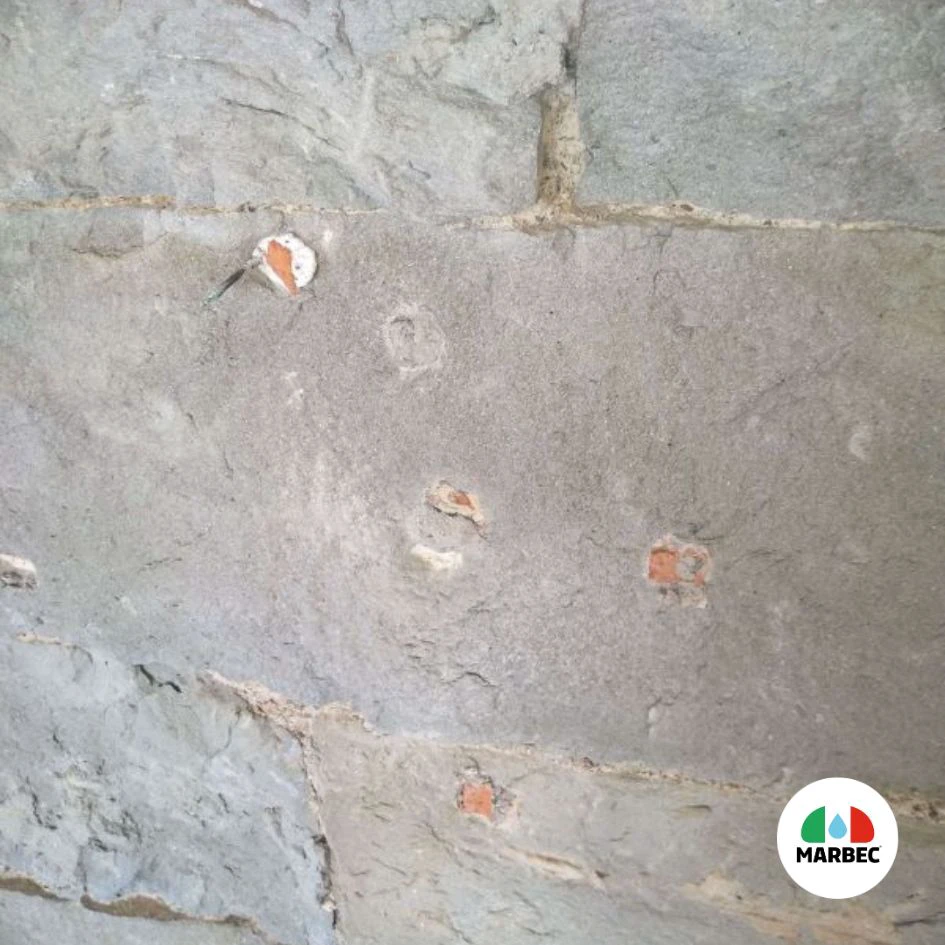
Craftsmen initially manually removed improper grouting, cement glue, nails, hooks and wooden wedges from the crevices.
After the removal of the debris, a mechanical cleaning of the grouting was carried out until it reached the living stone. A combination of hand tools, thin widia chisel tips and pneumatic microstocks was used.
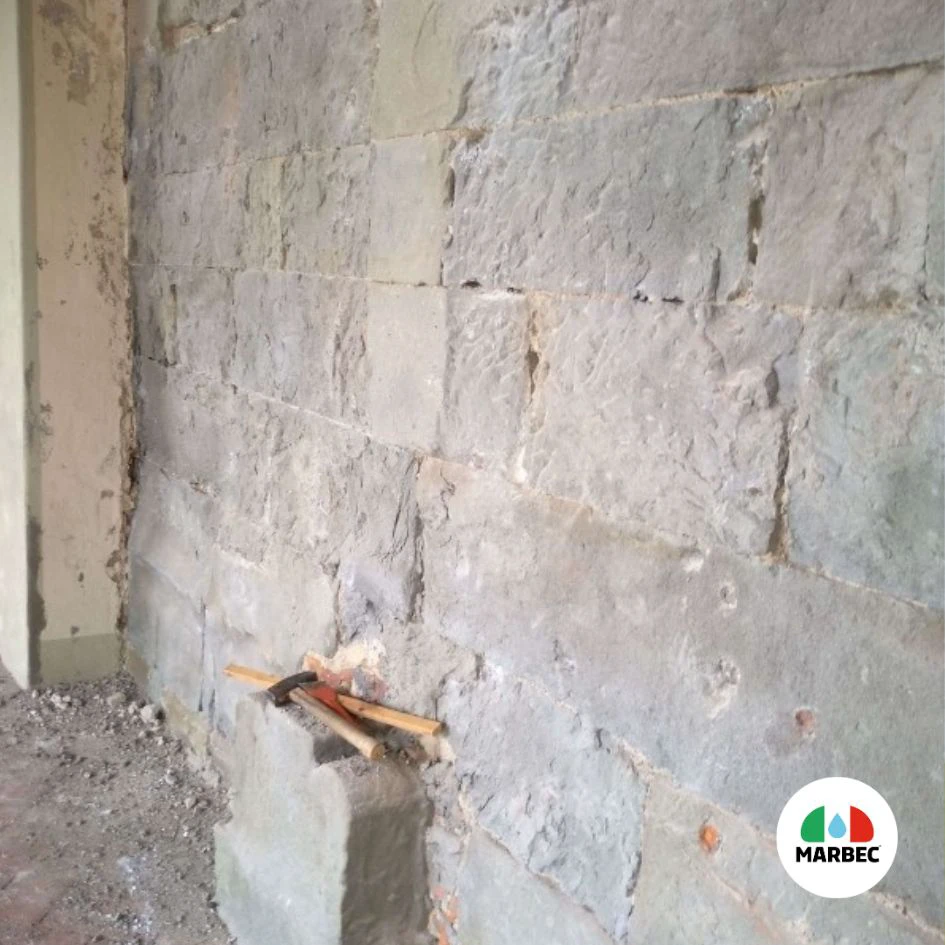
To clean and remove dust residues and processing, the DELICACID descaling detergent has been used, ideal for acid-resistant stone materials. This detergent was followed by a low-pressure pressure pressure washer. It has been used and followed by rinsing with low pressure washer.
 The real phase of restoration involved several delicate steps, performed with the mastery that only experienced craftsmen can offer. These steps include grouting gaps and openings with special restoration mortar, hand finishing of grouting with special epoxy mortar to achieve a sandstone-like effect, and the veiling with pigments dispersed in water applied by brush or sponge.
The real phase of restoration involved several delicate steps, performed with the mastery that only experienced craftsmen can offer. These steps include grouting gaps and openings with special restoration mortar, hand finishing of grouting with special epoxy mortar to achieve a sandstone-like effect, and the veiling with pigments dispersed in water applied by brush or sponge.
To prevent future deterioration, a protective solution called TIM has been applied over the entire surface, an anti-moisture and stain protective for absorbent stone materials. This product forms a hydro-oleophobic chemical barrier breathable on absorbent stone materials such as cotto, natural stone, cement and mineral plaster.

As you can see from the images, the new wall has given the whole environment a charming charm.
The characteristic shape of the stone with its harmonious reflections created by the beam of natural light, is able to enchant every visitor.

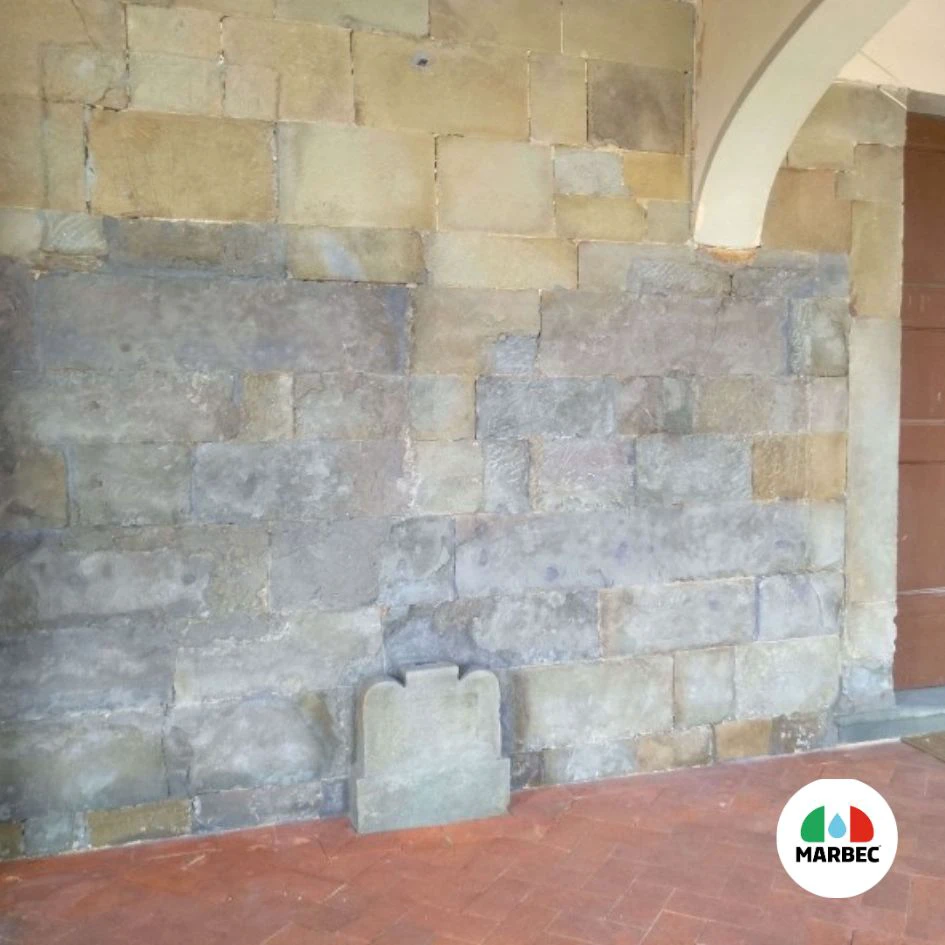
The stone door, with local grey sandstone jambs and lintels, has also been subject to a similar restoration process, including protection with TIM to prevent future damage.
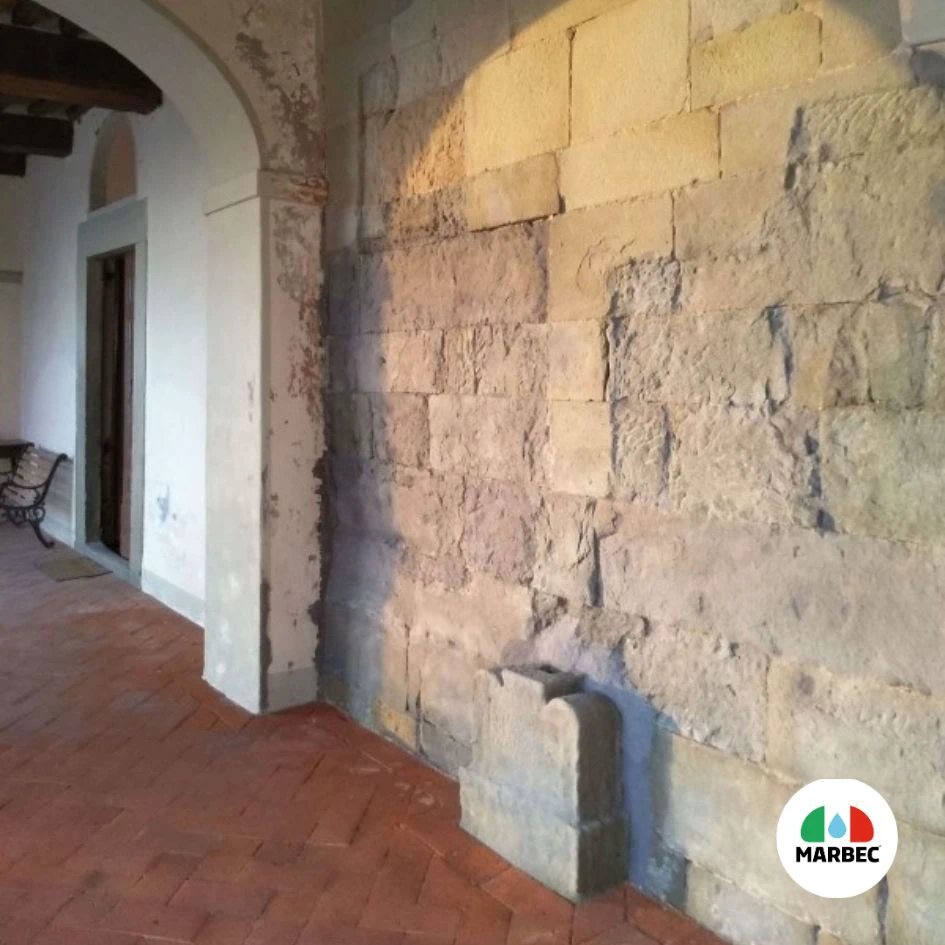
Finally, a work of aesthetic recovery was performed on the stone frame of the niche, including a decorative treatment “trompe l’oeil” to restore the pigmentation and natural appearance of the adjacent stone.

After a preliminary washing by hand to remove the residue of dust and shaving, a timely manual decoration was made, with sponge and buffer, of the stone frame and its parts chromatically inadequate, nuance and uniformity of color and texture apparent.

The result of these efforts is extraordinary, with stone walls that create an enchanting environment, thanks to the characteristic shapes of the stones and their reflections in natural light. This restoration brought new life to a historic place and made possible its admiration by visitors and faithful.
You may also be interested in


